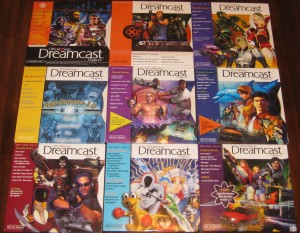Like many computer nerds in the last decade, I have accumulated more than a few single-board computers, or “SBCs”, which are small computers based around a system-on-a-chip (SoC) that nearly always features an ARM CPU at its core. Surprisingly few of these units are Raspberry Pi units, though that brand has come to exemplify and dominate the product category.
Also, as is the case for many computer nerds, most of these SBCs lay fallow for years at a time. Equipped with an inexpensive lightbox that I procured in the last year, I decided I could at least create glamour shots of various units and catalog them in a blog post.
While Raspberry Pi still enjoys the most mindshare far and away, and while I do have a few Raspberry Pi units in my inventory, I have always been a bigger fan of the ODROID brand, which works with convenient importers around the world (in the USA, I can vouch for Ameridroid, to whom I’ve forked over a fair amount of cash for these computing toys).
As mentioned, Raspberry Pi undisputedly has the most mindshare of all these SBC brands and I often wonder why… and then I immediately remind myself that it has the biggest ecosystem, and has a variety of turnkey projects and applications (such as Pi-hole and PiVPN) that promise a lower barrier to entry — as well as a slightly lower price point — than some of these other options. ODROID had a decent ecosystem for awhile, especially considering the monthly ODROID Magazine, though that ceased publication in July 2020. The Raspberry Pi and its variants were famously difficult to come by due to the global chip shortage from 2021-2023. Meanwhile, I had no trouble procuring these boards during the same timeframe.
So let’s delve into the collection…
Continue reading

